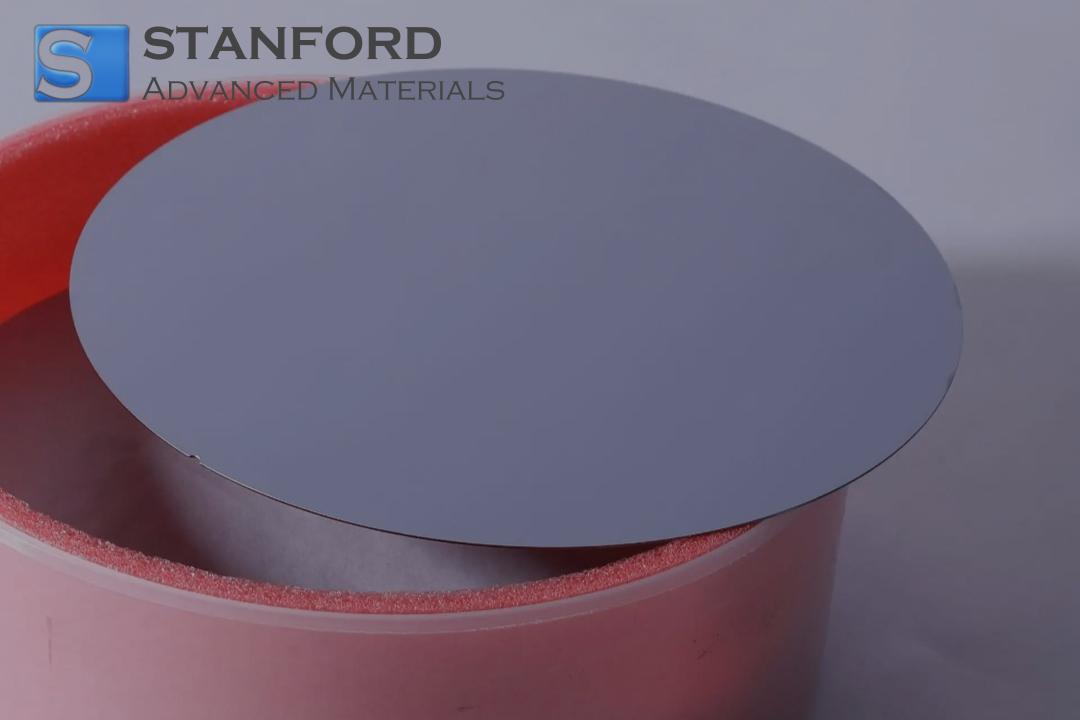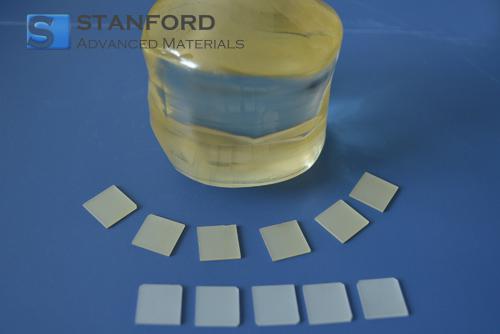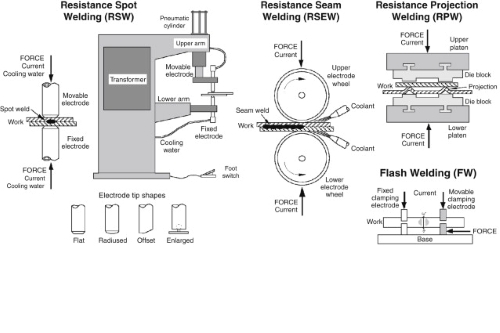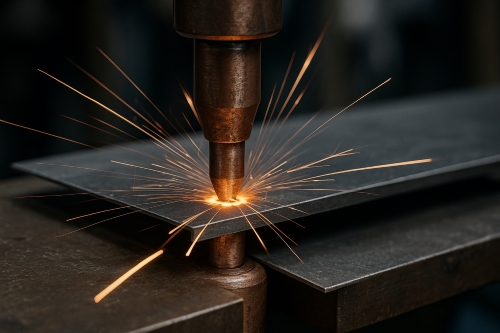High, Medium, and Low Coefficient of Thermal Expansion (CTE) Materials
Introduction
Materials change size when heated or cooled. The extent of this change is measured by the coefficient of thermal expansion. A high coefficient of thermal expansion (CTE) indicates a material expands significantly when heated, while a low CTE indicates that it changes very little.
High CTE Materials
High CTE materials expand distinctly when temperatures change. Some metals and most plastics fall into this category.
Metals
Aluminium typically has a CTE of about 23 x10⁻⁶/K. Copper usually has a CTE of 17 x10⁻⁶/K. Steel has a CTE ranging from about 11 to 13 x10⁻⁶/K.
Polymers and Plastics
Plastics tend to have extremely high thermal expansion. Examples include Polyethylene, Polypropylene, and Polytetrafluoroethylene (PTFE), which generally have CTEs between 50 and 200 x10⁻⁶/K. These materials are commonly used in plastic components and household applications where expansion must be incorporated into the design process.
High CTE materials are found in everyday items. An aluminium door frame may require gaps to prevent it from sticking on hot summer days. Plastics in packaging can expand significantly under sunlight.
Medium CTE Materials
Medium CTE materials do not expand as much as plastics or some metals but will still change with temperature. Some ceramics and composite materials fit into this category.
Ceramics
Ceramics such as Alumina have a CTE of 5 to 8 x10⁻⁶/K. Silicon Nitride has a lower CTE of 3 to 4 x10⁻⁶/K. These materials are highly valued for their resistance to high temperature usage. Ceramic parts are employed in engines and electronic devices.
Composite Materials
Composites such as Carbon Fibre Reinforced Polymer (CFRP) and Glass Fibre Reinforced Polymer (GFRP) are designed to balance strength and minimal thermal expansion. They are used in aerospace components and sporting goods where dimensional precision is crucial.
Medium CTE materials serve as a compromise between high expansion and rigid stability. Engineers select these materials when moderate thermal change is acceptable or when cost considerations arise.
Low CTE Materials
Low CTE materials experience minimal dimensional changes with temperature fluctuations. These materials have extensive applications in precision contexts.
Special Alloys and Metals
A specific alloy known as Invar, an iron-nickel alloy containing approximately 36% nickel, typically has a CTE of about 1 x10⁻⁶/K. Invar is utilised in scientific instrumentation, clocks, and other precision components where minimal change is critical.
Glasses and Ceramics
Fused silica, a type of glass, has a CTE of approximately 0.5 x10⁻⁶/K. The low expansion material Zerodur also belongs to this category. These materials are employed in telescope mirrors, laboratory equipment, and precision devices. Their low expansion ensures accuracy with temperature changes.
Table or Chart Comparing High, Medium, and Low CTE Materials
|
Category |
Example Material(s) |
CTE Range (x10⁻⁶/K) |
|
High CTE Materials |
Aluminium, Copper, Steel; Polyethylene, Polypropylene, PTFE |
Metals: 11–23; Plastics: 50–200 |
|
Medium CTE Materials |
Alumina, Silicon Nitride; CFRP, GFRP |
Ceramics: 3–8; Composites: Moderate |
|
Low CTE Materials |
Invar; Fused silica, Zerodur |
Alloys: ~1; Glasses: ~0.5 |
This chart presents important values and assists in comparing which material might be appropriate for specific design requirements. For more information, please refer to Stanford Advanced Materials (SAM).
Conclusion
Understanding the coefficient of thermal expansion is essential in material selection. Materials with high CTE, such as many plastics and metals, undergo significant changes. Medium CTE materials, like ceramics and composites, provide a balance between expansion and strength. Low CTE materials, such as Invar and fused silica, do not exhibit significant changes with temperature variations.
Frequently Asked Questions
Q: What is the coefficient of thermal expansion?
A: It measures the extent to which a material expands or contracts with temperature variations.
Q: Why does thermal expansion matter in designing?
A: It affects dimensional precision, performance, and safety of mechanical or electrical systems.
Q: What is the material with the smallest thermal expansion?
A: Fused silica and special alloys such as Invar are known for having low thermal expansion.

 Bars
Bars
 Beads & Spheres
Beads & Spheres
 Bolts & Nuts
Bolts & Nuts
 Crucibles
Crucibles
 Discs
Discs
 Fibers & Fabrics
Fibers & Fabrics
 Films
Films
 Flake
Flake
 Foams
Foams
 Foil
Foil
 Granules
Granules
 Honeycombs
Honeycombs
 Ink
Ink
 Laminate
Laminate
 Lumps
Lumps
 Meshes
Meshes
 Metallised Film
Metallised Film
 Plate
Plate
 Powders
Powders
 Rod
Rod
 Sheets
Sheets
 Single Crystals
Single Crystals
 Sputtering Target
Sputtering Target
 Tubes
Tubes
 Washer
Washer
 Wires
Wires
 Converters & Calculators
Converters & Calculators
 Write for Us
Write for Us


 Chin Trento
Chin Trento



